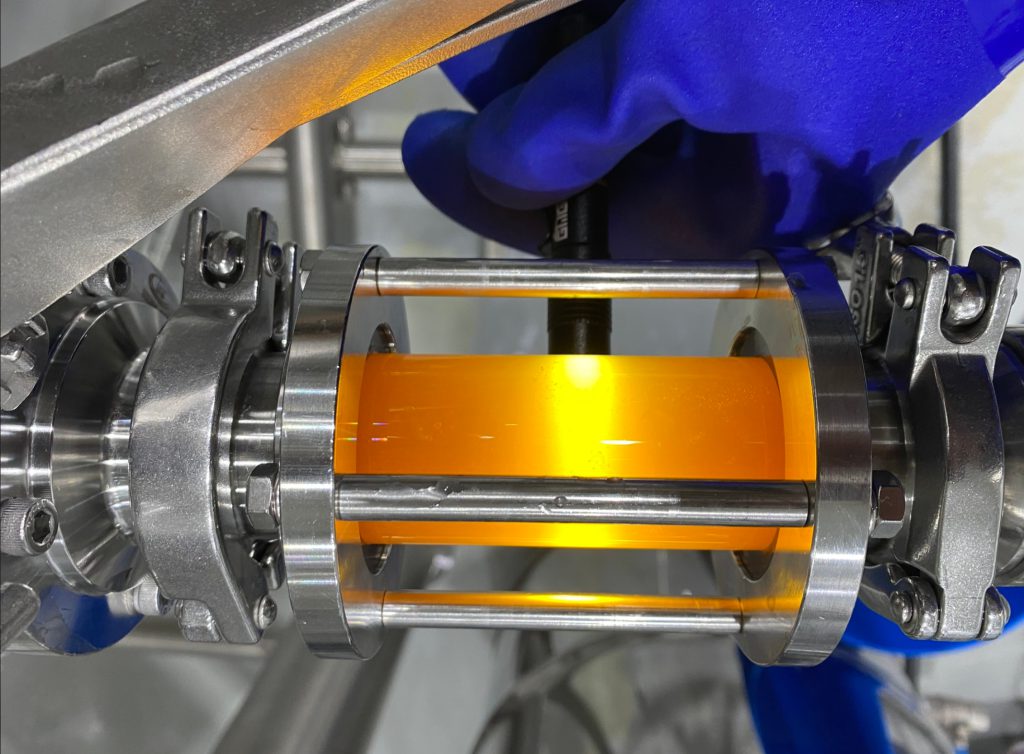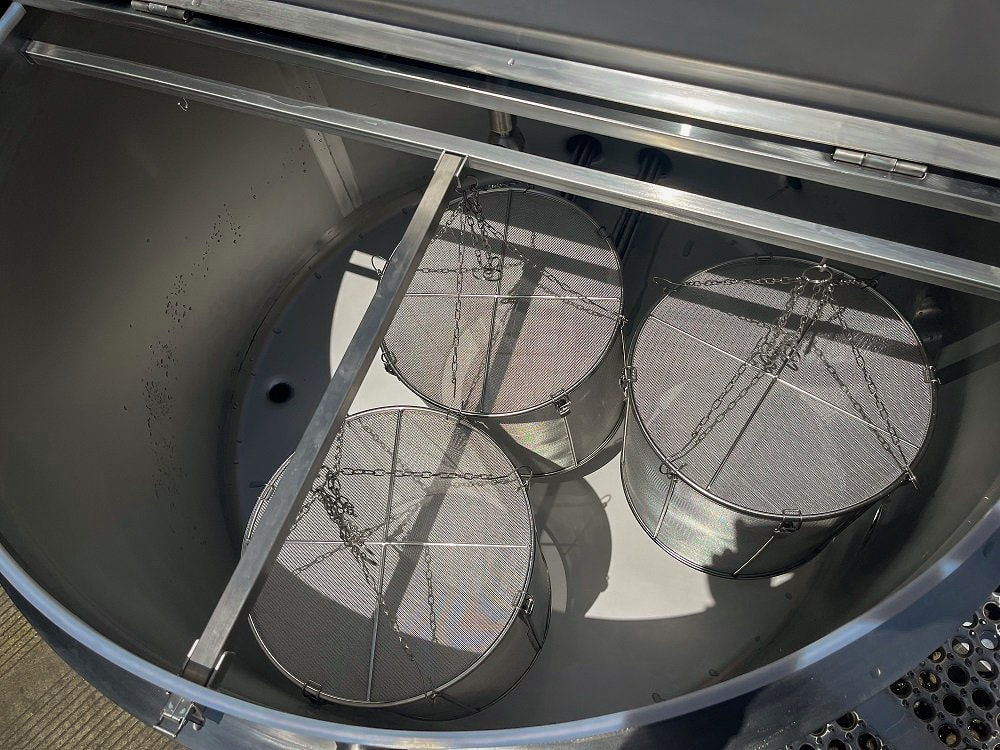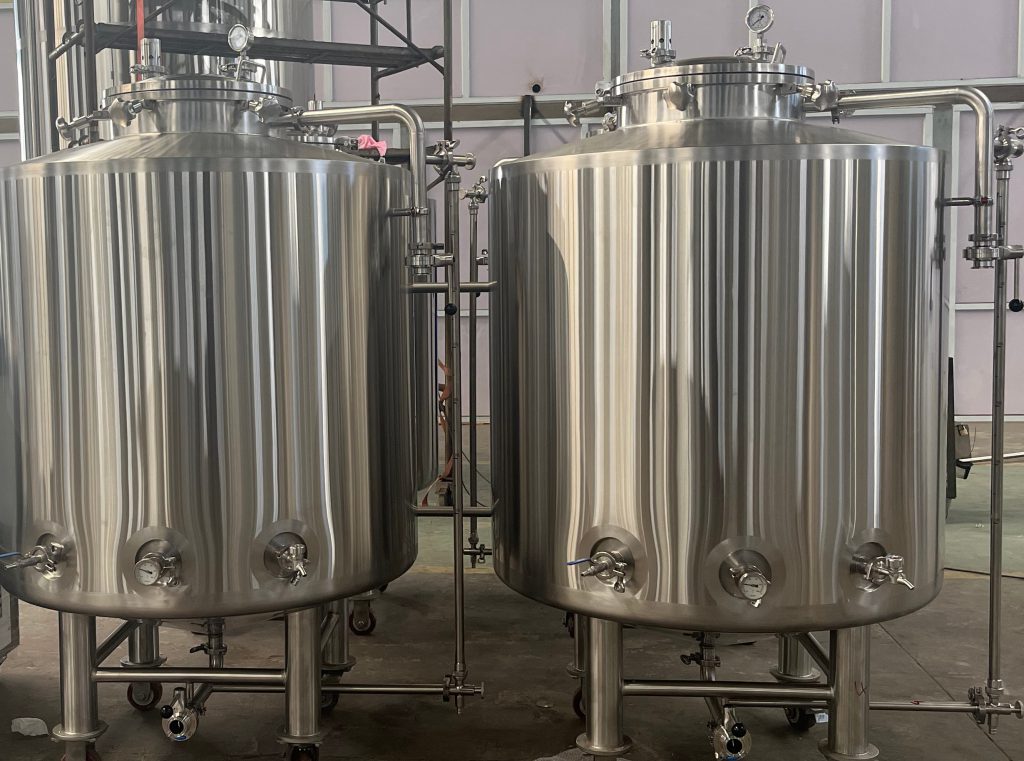Introduction

Making kombucha at home can be a rewarding experience, but having the right equipment is crucial for success. From fermentation vessels to pH testers, each piece plays a vital role in the brewing process. In this blog post, we’ll explore the importance of using the right kombucha equipment and how it can elevate your brewing game.
The Essentials: Must-Have Kombucha Equipment
- Fermentation Vessel:
- Description: The vessel where the primary fermentation of kombucha takes place.
- Importance: Provides the ideal environment for SCOBY (symbiotic culture of bacteria and yeast) to ferment tea into kombucha.
- Recommendations: Glass jars or food-grade ceramic crocks are popular choices due to their non-reactive nature.
- SCOBY:
- Description: The living culture responsible for fermenting sweet tea into kombucha.
- Importance: Contains beneficial bacteria and yeast strains necessary for the fermentation process.
- Recommendations: Obtain a healthy SCOBY from a trusted source or grow your own from a starter liquid.
- Tea and Sugar:
- Description: Basic ingredients for brewing kombucha.
- Importance: Provides nutrients for the SCOBY to ferment and thrive.
- Recommendations: Use organic black or green tea and cane sugar for best results.
- pH Tester:
- Description: Tool for monitoring the acidity level of kombucha during fermentation.
- Importance: Helps maintain the optimal pH range for SCOBY health and fermentation.
- Recommendations: Digital pH meters or pH testing strips are convenient options for home brewers.
- Bottles for Secondary Fermentation:
- Description: Containers used for bottling finished kombucha.
- Importance: Allows for carbonation and flavor development during secondary fermentation.
- Recommendations: Glass bottles with tight-sealing caps are ideal for preventing leaks and maintaining carbonation.
Choosing the Right Kombucha Equipment
When selecting kombucha equipment, consider factors such as quality, durability, and ease of use. Investing in high-quality equipment upfront can save you time and frustration in the long run. Additionally, prioritize equipment that is easy to clean and sanitize to prevent contamination during the brewing process.
The Importance of Proper Kombucha Equipment Maintenance
Maintaining your kombucha brewing equipment is essential for ensuring the quality and safety of your brews. Here are some key maintenance tips:
- Regular Cleaning: Clean all equipment thoroughly after each use to remove any residue or buildup that could harbor harmful bacteria.
- Sanitization: Prior to brewing, sanitize all equipment using a food-grade sanitizer to eliminate any remaining microbes and reduce the risk of contamination.
- Storage: Store equipment in a clean, dry place away from direct sunlight to prevent the growth of mold and maintain its integrity.
- Inspection: Regularly inspect equipment for signs of wear or damage, such as cracks in fermentation vessels or deteriorating seals on bottles.
- Replacement: Replace any worn or damaged equipment promptly to avoid compromising the quality of your brews.
By following these maintenance practices, you can ensure that your kombucha equipment remains in optimal condition, allowing you to brew delicious and healthy kombucha with confidence.
Troubleshooting Common Kombucha Equipment Issues

Identifying and addressing common issues with kombucha equipment is key to maintaining a successful brewing operation.
| Issue | Possible Cause | Solution |
|---|---|---|
| Mold on SCOBY | Contamination from unclean equipment | Discard affected SCOBY and thoroughly clean equipment |
| Low pH | Over-acidification due to prolonged fermentation | Monitor fermentation time and pH levels closely |
| Weak Carbonation | Inadequate sealing during secondary fermentation | Ensure bottles are tightly sealed and ferment in a warmer environment |
| Cloudy Kombucha | Excess yeast or sediment in the brew | Filter kombucha before bottling or allow it to settle before decanting |
Conclusion
In the world of kombucha brewing, having the right equipment is essential for success. Whether it’s a quality fermentation vessel, a healthy SCOBY, or reliable pH testing tools, each piece plays a crucial role in producing delicious and probiotic-rich kombucha. By investing in the right equipment and understanding its importance, you can elevate your homebrewing experience and enjoy the fruits of your labor with every sip.
FAQ
Q: Can I use any type of tea for brewing kombucha?
A: While black and green tea are most commonly used, you can experiment with other varieties like oolong or white tea.
Q: How often should I replace my SCOBY?
A: With proper care, a SCOBY can last for many batches of kombucha. However, if it shows signs of mold or contamination, it’s best to replace it.
Q: Do I need a special vessel for secondary fermentation?
A: While not mandatory, using glass bottles with tight-sealing caps for secondary fermentation can help achieve carbonation and flavor development.
Q: How do I clean and sanitize my kombucha equipment?
A: Wash all equipment with hot, soapy water and rinse thoroughly before sanitizing with a food-grade sanitizer like Star San or vinegar.

